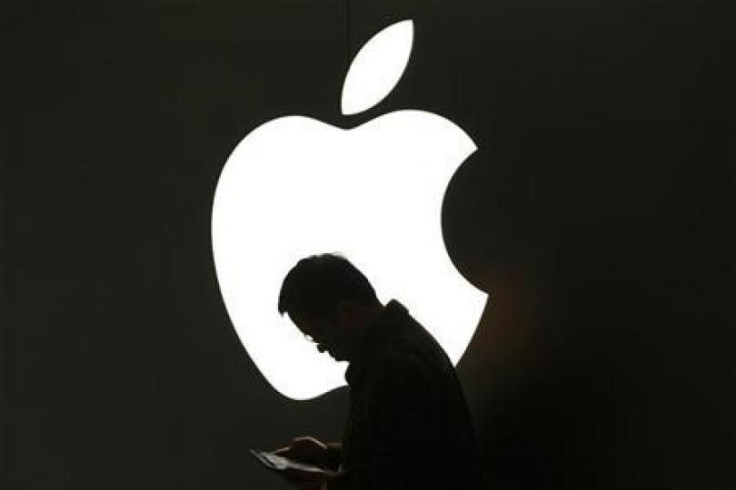Apple Raises Repair Prices, AppleCare Damage Coverage On Plus Series iPhones

Tuesday’s Apple launch event saw the release of the iPhone 8, iPhone 8 Plus and iPhone X. But along with the new phone additions, it’ll now cost more if you have to fix any iPhone or want to avoid doing so in the future.
Apple has increased the prices for its AppleCare coverage program and out of pocket repairs. As 9to5Mac points out, AppleCare+ coverage for Plus-series phones like the 8 Plus, 7 Plus and 6S Plus has been raised to $149. Previously, the coverage extension only cost $129 and the standard-sized iPhones will continue to have extensions at the same price point. But more notably, Apple has added yet another price tier to its AppleCare+ offerings. For the upcoming iPhone X, which will be released in November, Apple will offer coverage at a hefty $199.
On its site, Apple also gave slight price bumps to out-of-service repairs for phones that aren’t under warranty or AppleCare+ coverage. All iPhone models will see price jumps of around $20 to $30 for screen damage fixes, although Apple has yet to lock down pricing for its iPhone X.

By default, Apple offers some basic coverage for new iPhones that includes a one-year limited warranty and 90 days of free phone support. With AppleCare+, users can spring for additional coverage that offers further protection for your iPhone. Via Apple, here’s what that includes:
Every iPhone comes with one year of hardware repair coverage through its limited warranty and up to 90 days of complimentary support. AppleCare+ for iPhone extends your coverage to two years from the original purchase date of your iPhone and adds up to two incidents of accidental damage coverage, each subject to a service fee of $29 for screen damage, or $99 for any other damage, plus applicable tax. In addition, you’ll get 24/7 priority access to Apple experts via chat or phone.
For the Plus series and the iPhone X, the bump in their AppleCare+ price makes some sense on paper. With their larger screens and varying specifications, the Plus and X need different fixes compared to the standard-sized iPhones. For Apple, it’s also likely assuming that future iPhone X owners — who’ll already be dropping at least $999 on the hardware alone — won’t have issues spending a little bit more for hardware protection. But at the same time, the price hike for what effectively amounts to the same product won’t be the easiest fact to justify for longtime iPhone users.
The update also underscores the importance that repairs and AppleCare have to the company’s bottom line. For the third quarter of 2017, Apple’s Services division — which includes AppleCare — brought in nearly $7.3 billion, which represented a 22 percent year-over-year jump. While the iPhone remains a primary driver for Apple — it brought in $24.8 billion in revenue over the same period — repairs and ensuring that iPhone users stay in the Apple services ecosystem is equally important for the hardware giant.
Apple has also worked to ensure that it remains the primary source for iPhone repairs. In states including New York and Nebraska, Apple has lobbied against right to repair bills that would make it easier for third-party repair shops to fix broken devices. In many cases, these bills would allow repair tools or information to be purchased and ban companies from using software locks to prevent repairs from being made. While Apple does offer certification for third-party repair shops through its Authorized Service Provider program, the company has argued that its current approach towards repairs ensures that devices are properly fixed and that authentic parts are used in the repair process.
© Copyright IBTimes 2024. All rights reserved.





















